Knee Pain
The knee
The knee joint is a hinge joint, which mainly allows for bending, straightening and a small degree of rotation. The tibiofemoral joint involves the thigh bone (femur) meeting the shin bone (tibia). The patellofemoral joint is where the knee cap (patella) slides on the thigh bone (femur). These joints work together, alongside ligaments, tendons and muscles to provide a stable system to help when standing and walking.
What are the common causes of knee pain?
Common causes of musculoskeletal related pains tend to originate from bones, ligaments, tendons and muscles. These symptoms tend to settle with time and good self-management.
These pains may be a result of an acute injury or a flare up of a long standing issue. Simple advice is keep active and keep moving, it will often settle with time.
Click on the following information to find out about common conditions related with knee pain.
Common conditions of the Knee
See below for the common signs and symptoms with a link to the MSK Matters page on how best to manage it.
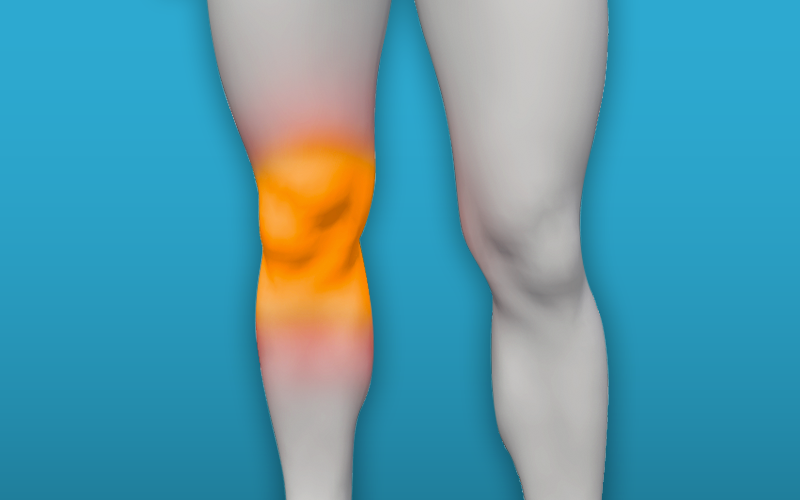
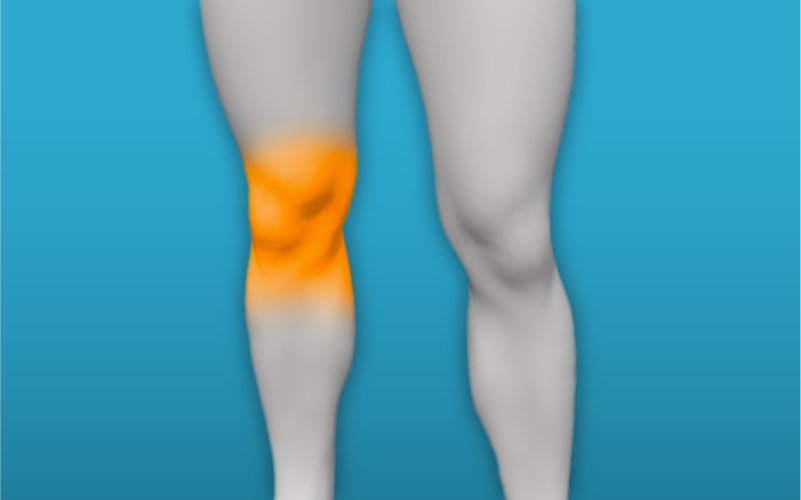
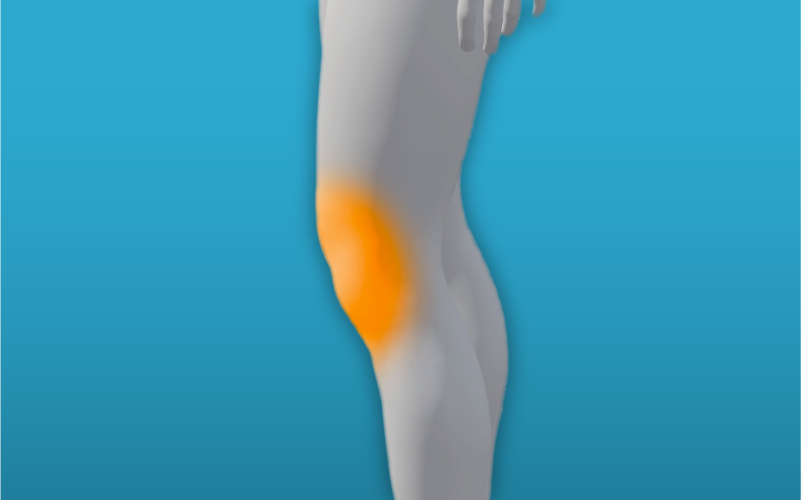
Early management of sprains and strains
Click here for more information on early management of sprains and strains
Osteoarthritis of the knee
- Pain during or after the movement
- Stiffness felt early morning or after long rest
- Swelling on the affected joint
- Tenderness around the affected joint
- Grating, popping, cracking felt during movement
- Pain common on walking and when going up and down the stairs
- There is often a restriction in bending or straightening the knee
Click here for more information on osteoarthritis of the knee
Anterior Knee Pain/ Patellofemoral Joint pain
- Dull ache felt on front of knee
- Pain during kneeling or squatting
- Pain felt while walking up and down the stairs
- Cracking or popping felt under the knee cap during movement
Click here for more information on anterior knee pain

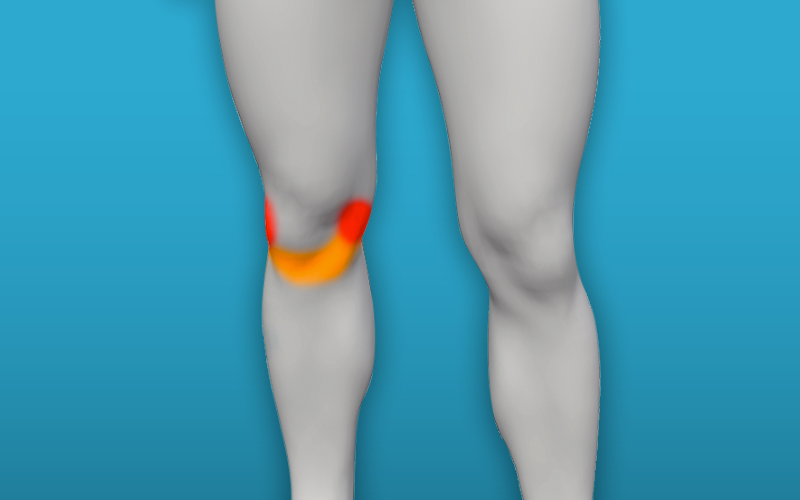
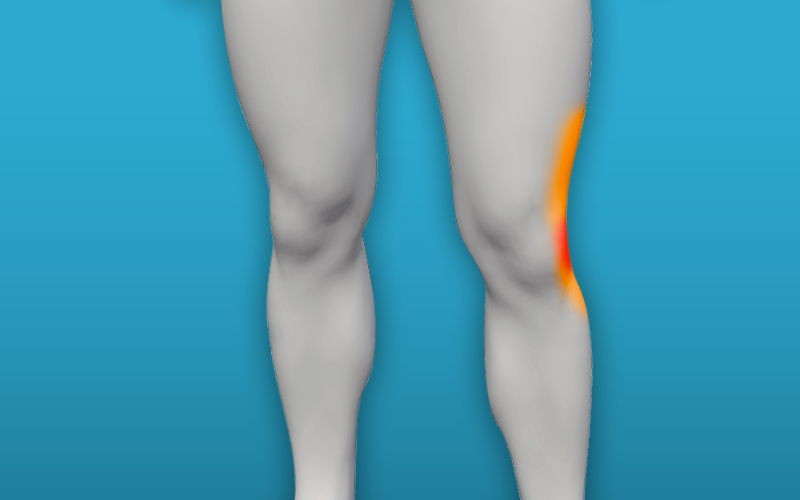
Patella tendinopathy
- Pain felt on front of knee cap and top of shin bone
- Pain felt at the start of activity, worsens with high intensity workouts
- Tenderness felt on front of knee cap and top of shin bone
- It can become a dull ache at the front of the knee as time goes by
Click here for more information on patella tendinopathy
Hoffa’s fat pad syndrome
- Pain on front of knee and bottom on knee cap
- Pain flares up with knee hyperextension, standing longer, or walking up and down the stairs
- Swelling is common around the bottom of the knee cap
- Tenderness felt on bottom of knee cap
Click here for more information on Hoffa’s fat pad syndrome
Lateral knee pain/ Runner’s Knee
- Pain on outside of knee most commonly due to Iliotibial band irritation.
- Pain on knee movement
- Pain settles do wn with rest
- Tenderness on outside of Knee
Click here for more information on lateral knee pain

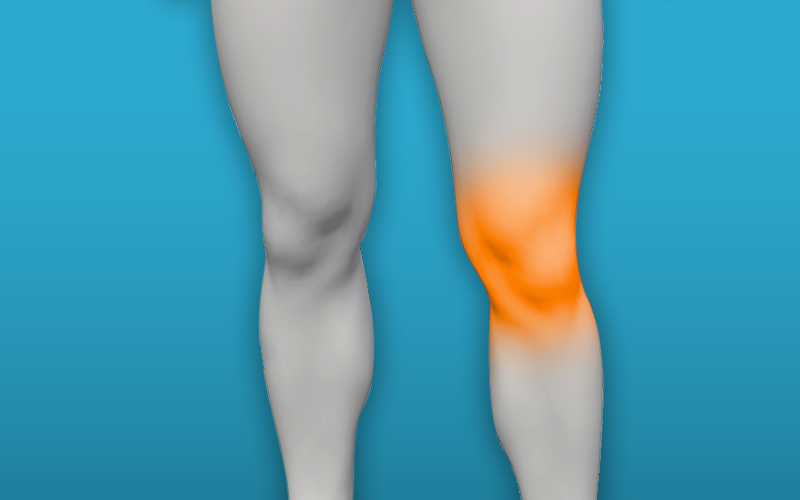

Pre-patellar bursitis
- Pain on front of knee, pain usually increases with activity
- Commonly difficult to kneel on your knee
- Tenderness felt on front of knee cap
- Swelling on front of knee cap
- Skin on front of knee becomes warm and red in bursal infection
Click here for more information on pre-patellar bursitis
Ligament injury
- Sudden pain in knee following an injury with force onto knee
- There is sometimes a sound or a ‘pop’ during injury
- Swelling and warmth felt outside/inside of knee, often immediately
- Pain on walking in the early stages after injury
- Instability felt inside or outside of the knee while weight bearing or walking
- Pain can increase with bending, squatting or twisting the knee
Click here for more information on ligament injury
Cartilage injury
- Pain in knee following an injury, normally associated with a twisting movement
- Swelling and warmth felt in the back of knee soon after the injury
- Knee locking, catching or giving way
- Pain increases with weight bearing and squatting
- It can be difficult to straighten or bend the knee fully
Click here for more information on cartilage injury
Is your pain coming from somewhere else?
Knee pain may be as a result of referred pain from your hip or from your lower back. If you think that this is the case please discuss this with your health care professional or refer yourself to a physiotherapist for help with management.
Your knee may also cause referred pain into the thigh, hip or lower leg. This referred pain should improve as your knee improves.
When to seek medical advice
The above advice can help you to manage your condition at home. The majority of musculoskeletal conditions get better within six to eight weeks although sometimes they can persist for longer but this doesn’t mean there is something seriously wrong.
However, rarely, musculoskeletal symptoms can be caused by something more serious and it is important for you to know when to seek advice. We would advise if you experience any of the following you should seek the advice of your GP.
- the pain you are experiencing is getting worse rather than better despite following the self-management guidance above for the condition in the time frame expected
- symptoms have not been significantly helped by a trial of medication as expected
- you feel unwell and suffer symptom such as fever, night sweats or weight loss
- you experience pain at night, possibly worse than during the day that prevents you from sleeping due to increasing pain and/or difficulty lying flat.
- you experience a change in your ability to walk including balance problems or weakness/heaviness in your legs
- you develop a hot and swollen joint for no apparent reason
- early morning stiffness, lasting for longer than 30 minutes
